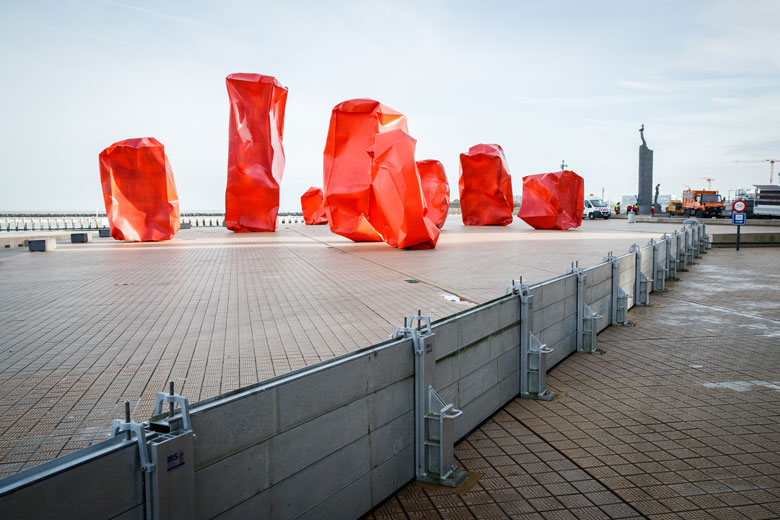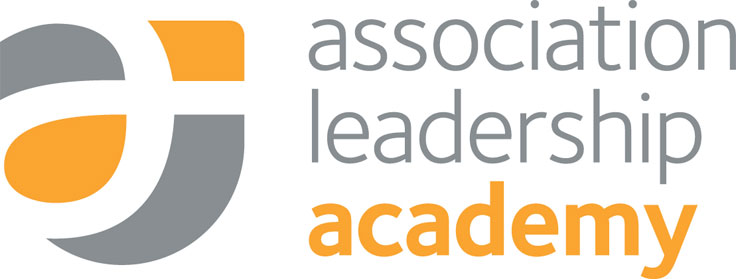

Participants were welcomed by Jasmine de Clerck, the regional Director of the Centre for Creative Leadership and enjoyed a buffet lunch. The facilitator and Head of the Change Leadership Practice, Jeneva Patterson, then took over to lead the workshop on Direction, Alignment and Commitment. She asked if anyone could be a leader and all agreed that they could! Leadership is a process though, not a person.
When do leadership issues arise? Answers received included: “in organisational politics” and when there is a need for collective achievement.
direction
Jeneva said that direction helped identify the framework of decision making. She showed a short video of JFK asking for funding from Congress to finance the first man landing on the moon. JFK displayed empathy, conviction and commitment. The message was that each organisation needs to set direction. Direction means that members have a shared vision and a commitment to the collective. If there is a lack of direction, then the status quo is maintained, or you only undertake urgent actions and not strategic ones; or there could be a loss of motivation or even business.
Alignment
There is also a need for alignment of people and resources. Without alignment, participants stated that there would be conflict, mismanagement of resources, decision making in silos or duplication of work. There was a brief discussion about disruption which was considered as being a positive element since it forces one to think differently and adapt to unexpected circumstances thereby bringing about innovative solutions.
commitment
The final component of leadership was a commitment to the result or the outcome of the process. When asked by Jeneva, participants felt that without commitment there would be a lack of progress, or sarcasm and individualism that sap energy. Each attendee was then asked to fill in a DAC survey to assess how they saw and assessed the way “things stand right now in your organisation”. One participant mentioned that the survey was a useful measure of the internal governance of the association. Each table then had to practise DAC by agreeing on where North, South, West and East were, and pointing to these in turn, as a team.
3 top skills
Finally, Jeneva led the workshop in a discussion on how to achieve DAC. All agreed that conversation, listening and reflecting – 3 top leadership skills – were necessary. Last but not least is the need for Follow Up, described in the most detailed way possible, e.g. “I will write tomorrow[…]with a detailed process and clear deadlines and will provide feedback[…]so that goal X is achieved/problem Y is resolved.”
Participants thanked Jeneva for a fun and active workshop – the food was also much appreciated! Attendees were given CCL promotional bags containing a useful “DAC” handbook and a White Paper on social networks and their role in leadership.


